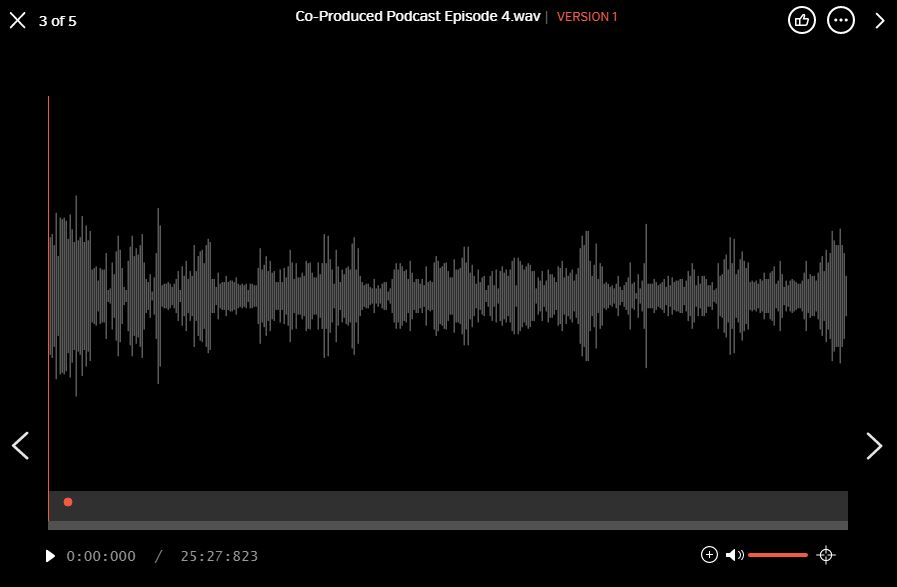I remember the first time I really tuned in to podcasts. I was driving down the coast of California from San Francisco to Santa Barbara about once a month, needing to pass hours of drive time. Around that same time, the podcast Serial was making its mark on our culture, and I, like the rest of the country, was hooked.
Thanks to great content like Serial being produced in podcast format, a growing love affair with podcasts is evident, with recent studies from Edison Research suggesting that 22% of the U.S. population listen to podcasts weekly, up from 17% in 2018. And the content producers and services are responding. For example, streaming service Spotify recently announced the acquisition of not one, but two podcast providers this year.
As podcast listenership grows, so does the content available. There’s a podcast produced for every interest, tailoring to enthusiasts rather than masses – whether it be based on the latest episode of Game of Thrones with podcasts like Binge Mode: Game of Thrones, or a breakdown of a song through artist interviews in Song Exploder.
And just like a TV series, there’s an expectation from a podcast’s listeners that content will be produced on a regular basis. For daily podcasts, that means a speedy production cycle is required. If you’re producing podcast content and are looking for ways to cut down on production time without cutting down on quality, try collaborating on your next podcast with Hightail’s audio commenting features.
How it works
1. Upload your audio file to a Hightail Space: Hightail will automatically preview a waveform of your audio file. On the waveform preview, you can zoom in to specific times, and stream the audio file directly through Hightail without downloading it.

2. Share your Space with your collaborators: If it’s content that is yet to be leaked to the public, you can protect your work by setting an access code or inviting individual contributors via email, and giving them comment only permissions.
3. Collect timestamped feedback: Forget the days of writing out in an email the exact seconds you are trying to leave feedback on. To leave a timestamped comment on an audio file in Hightail, simply click and hold on the starting second that you’d like to comment on. You’ll see a circle outline start to fill in orange. After the circle is filled, hold and drag your cursor to the second your feedback applies to. This will highlight your section for commenting in the comment panel on the right-hand side of your screen. As you collect more comments, producers can review the comments in one place and see all timecodes with comments along the play bar in Hightail. To comment on a longer time range within an audio or video file, use the bracket symbols “[]” on your keyboard, pressing the open bracket at the point your feedback starts. When you have reached the end of the range that your comment addresses, click the close bracket on your keyboard. (The screenshot below shows both a specific timestamp and a range.)

4. Move on to the next cut: When you have your edited version of the podcast ready for review, you can upload it as a new version in Hightail. The previous audio file will be automatically archived and still accessible, along with the comments collected.
Audio commenting and collaboration in Hightail makes it easy for any reviewer – whether a podcast producer or a content marketing manager – to weigh in without wasting time writing out time-codes for feedback.
P.S. Looking for a podcast about award winning campaign collaborations? Check out our 4-part series, Co.Produced.



